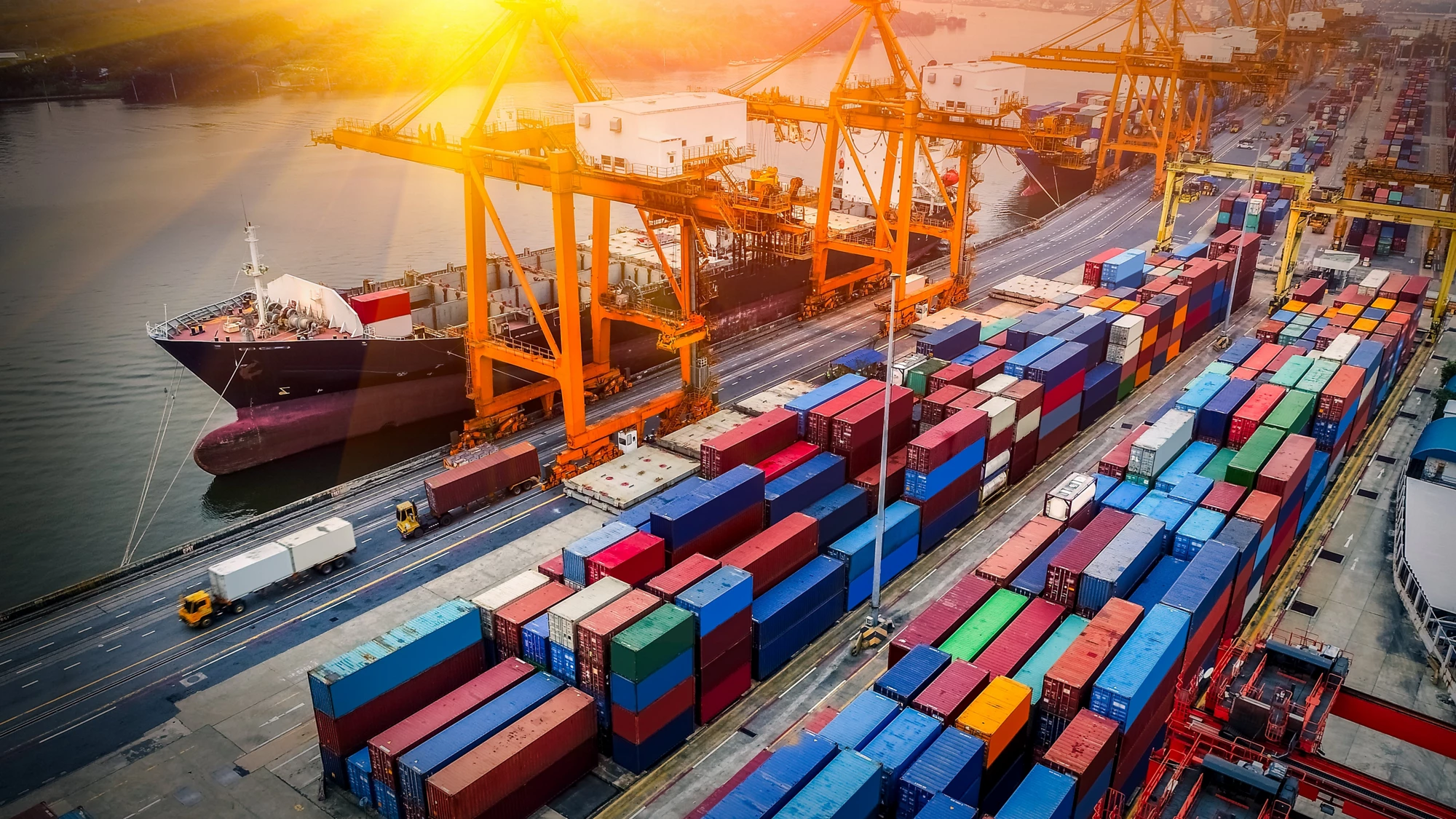 Logistics and transportation of Container Cargo ship and Cargo plane
Logistics and transportation of Container Cargo ship and Cargo plane
Global trade growth slowed in 2018 amid a weakening of economic growth in China and the Euro Area and rising trade protectionism. The volume of trade grew by 3.8 percent, down from 5.4 percent in 2017, but has shown signs of stabilizing in the first quarter of 2019. However, U.S. tariff increases implemented in early May and China’s response might change the outlook.
Restrictive trade measures imposed during 2018 affected 3.8 percent of world merchandise trade—nearly three times the share affected in any of the years since the global financial crisis of 2009. Tit-for-tat tariffs between the United States and China alone affected 2.0 percent of world merchandise trade in 2018. In May 2019, the United States increased the tariffs implemented in September 2018 on imports from China of approximately $200 billion to the levels originally threatened for January 2019, and China announced its plans to retaliate.
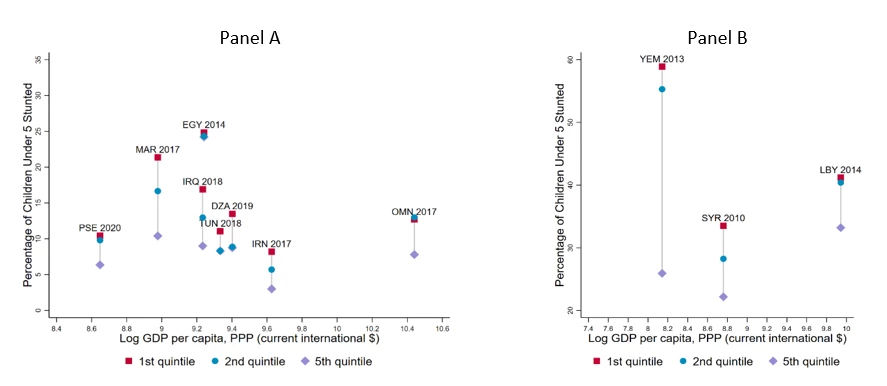
How Trade Barriers Impact the Flow of Goods
The tariffs have changed trade flows in affected goods. China’s imports from the United States of goods targeted by tariffs dropped by 8 percent in 2018 compared with 2017, whereas U.S. imports from China of goods affected by tariffs grew by 9 percent because of strong domestic demand and in anticipation of tariff increases. In the first quarter of 2019, China’s imports from the United States of goods affected by tariffs declined by 40 percent on a year-on-year basis while U.S. imports from China of targeted products dropped by 24 percent. Retaliatory tariffs by the United States and China diverted trade from each other to many developing countries, including Brazil, India, Malaysia, Mexico, and Vietnam.
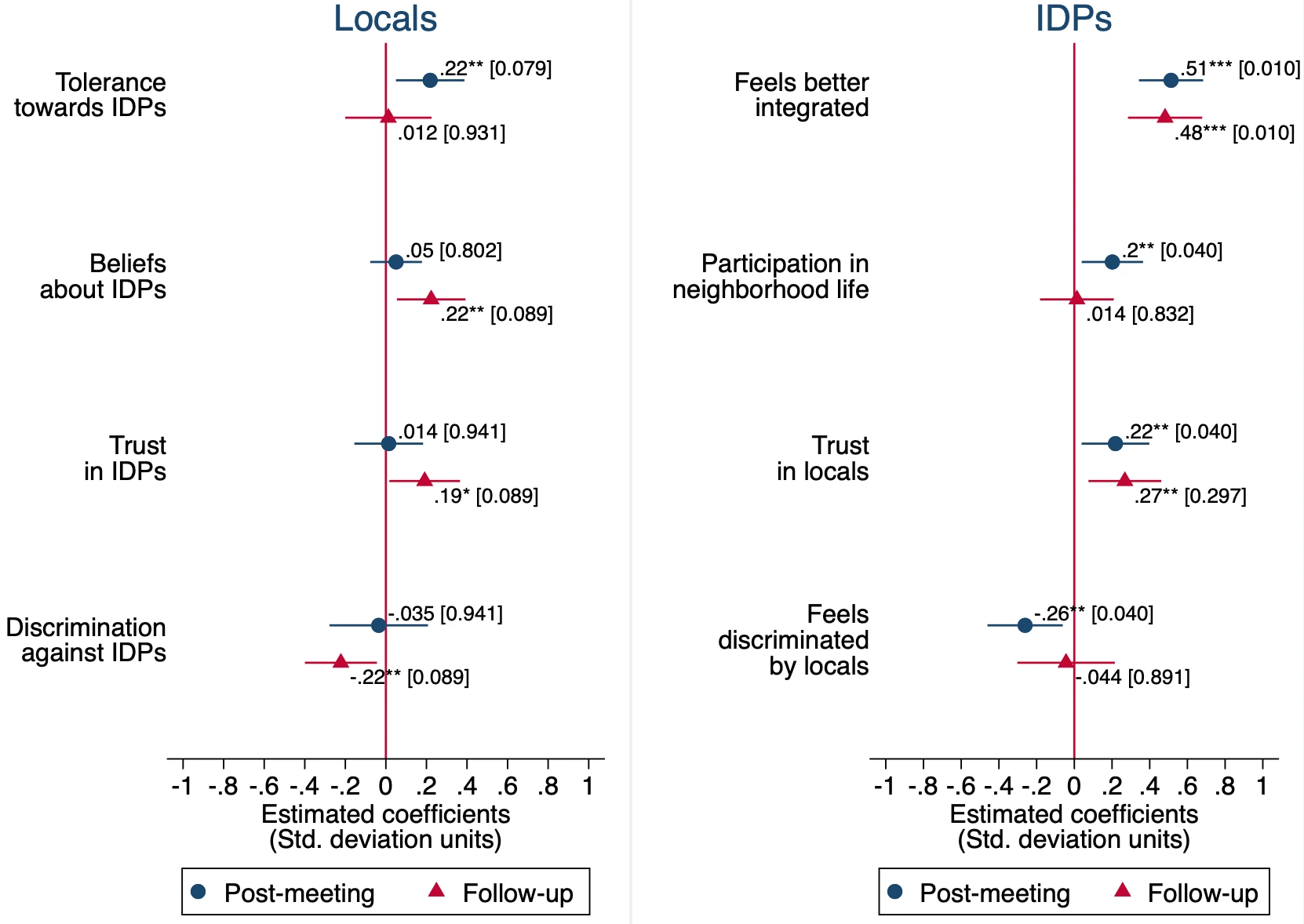
Tariffs did not affect all goods in the same way. For example, U.S. imports of products such as electrical connectors from China—which a specific company tends to manufacture for a specific business in the United States—increased by 1 percent year on year from August through December 2018. Trade in such goods tends to be more resistant to tariff shocks because they cannot be easily substituted. In contrast, U.S. imports from China of hard-disk-drive units, which are more easily substituted, declined by as much as 85 percent, shifting in part to the Philippines. The evidence shows that the United States targeted “stickier” products than China, resulting in smaller effects on trade volumes.
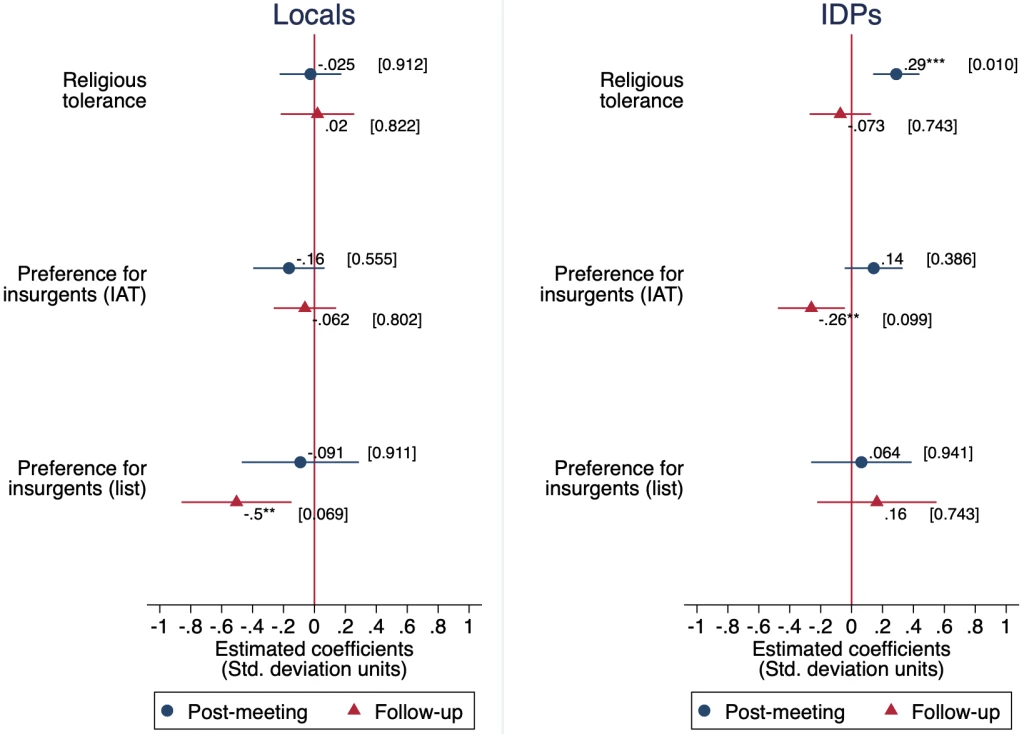
Trade barriers affected importers in the United States and China significantly. While trade fell in targeted products, prices at the border did not change as compared with non-targeted products. For example, in the United States, roughly half of products targeted by tariffs saw an increase in the price charged by Chinese exporters and half saw a price decrease, similar to the distribution of price changes of non-targeted products. The results are similar for China. The evidence indicates a high pass-through of tariffs to import prices for most products in both the United States and China, at least in the short run. Going forward, if traders believe the tariffs will be in place for a long period, exporters may reduce prices to stem import declines.
Long-term effects on world poverty and global value chains
The effects on global poverty have been muted. But if trade protectionism continues to intensify and cause a slump in investor confidence, the effects could be significant—up to 30.7 million people could be pushed into poverty measured as income levels below $5.50 a day, and global income could fall as much as $1.4 trillion in a worst-case scenario. Developing countries other than China would bear roughly half of the global income loss.
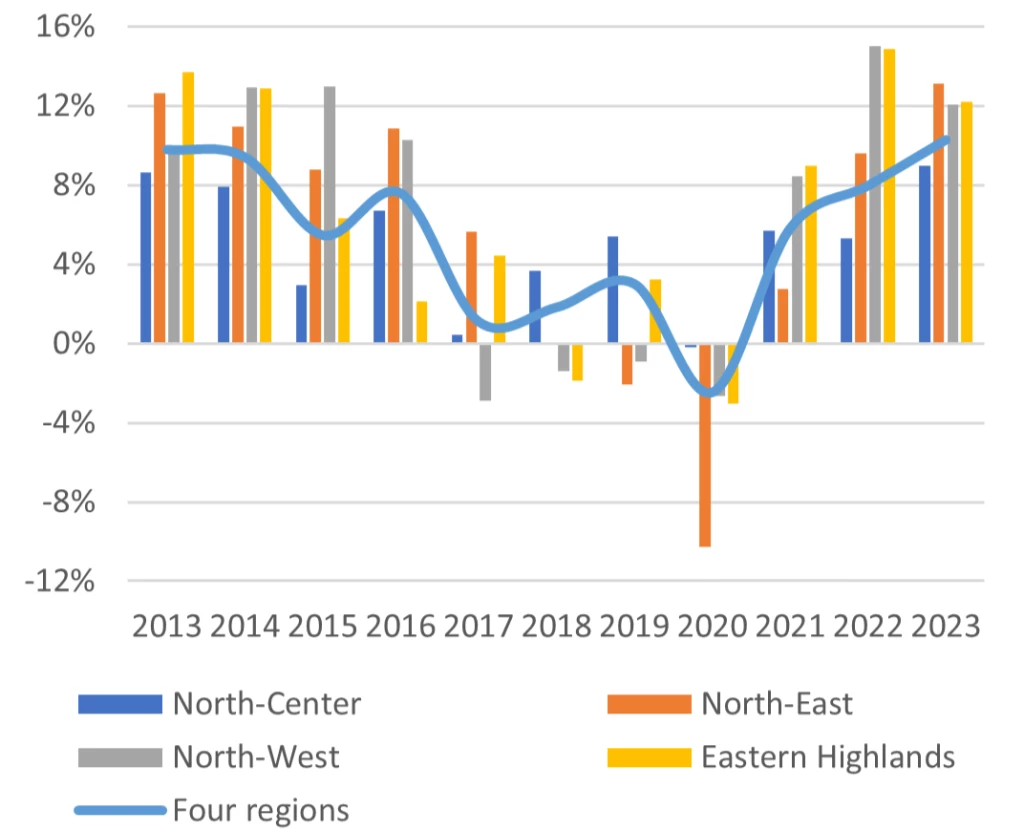
Even though trade in stickier inputs tends to be relatively resilient in the short term, if trade tensions are not resolved, existing global value chains are likely to be disrupted in the longer term. Tariffs applied by the United States on imports from China are biased so far against intermediate goods. As a result, U.S. imports of intermediate goods from China are predicted to decline in the longer term by over 40 percent, with the U.S. likely to reallocate its sourcing of intermediate inputs to other trading partners in Asia and Europe, and to Canada and Mexico. These switches could result in adjustment costs in the sectors and locations affected by trade diversion.
Key Takeaways
The early evidence for 2018 and the first quarter of 2019 points to some useful lessons: Tariff increases hurt the countries directly involved the most, although they could have long-term consequences for all countries because of the increase in uncertainty; other countries would do well to stay out of the fight, and continue with trade deals that preserve and improve open markets; and a managed trade deal between the two countries involved, especially one involving promises to increase bilateral purchases, is likely to divert trade away from other countries. It is in the long-term interest of industrial and developing countries for trade disputes to be resolved through a multilateral approach and World Trade Organization reforms.






Join the Conversation